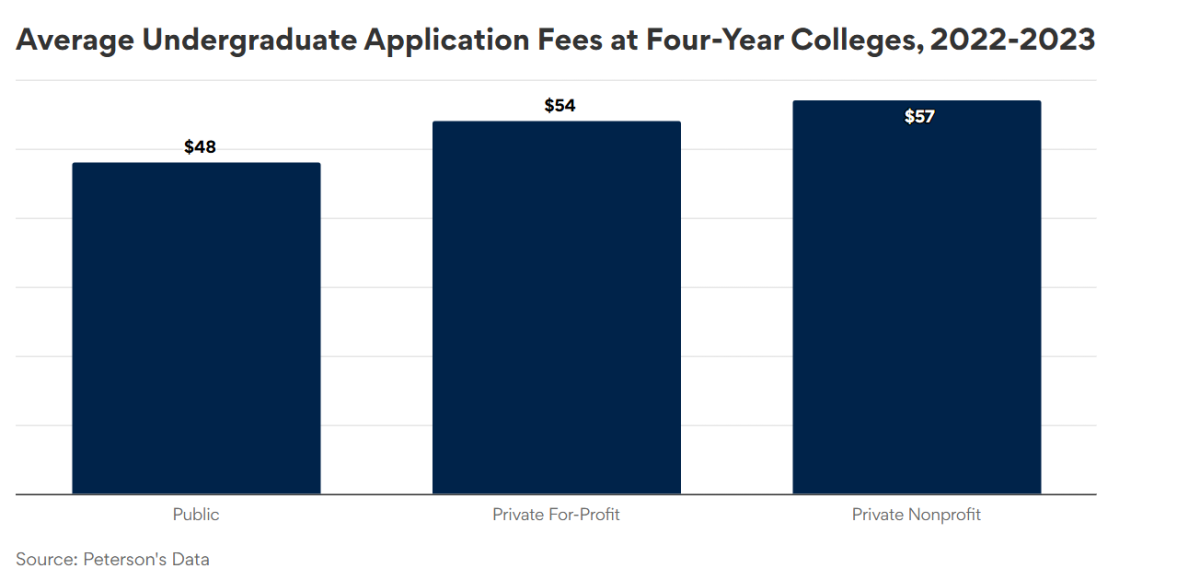We have grown up in a world with mostly male leadership. Whether it’s in government or corporations, men have historically held the most important positions of power. In 2023, 91.8 percent of all S&P 500 Chief Executive Officers (CEOs) are male. It was only in 2020 that the total number of women CEOs outnumbered the number of S&P 500 CEOs named John.
The glaring inequalities present at the corporate level are represented in multiple aspects of society. Within government, the majority of world leaders are overwhelmingly male. Less than a third of UN member countries have ever had a female head of government, according to Pew Research Center.
This pattern has been around for decades, with different reasons for its continued existence. There is a phenomenon where women are judged more harshly than men and held to an unfair double standard. This often leads to women being dismissed from leadership positions quicker than most men. It is harder for women to stay CEO for a long period, which has, in part, contributed to the wide gender gap.
Forbes studied 10 articles describing the firing of 10 different CEOs and revealed the language and reasoning varied wildly based on gender. “Many of the complaints [were] a lack of diversity brought in by white feminist leadership teams (mentioned an average of 8.2 times per article about women CEOs vs. 0 times for men) and sub-par maternity benefits (mentioned 4.6 times per article for women vs. 0 times for men),” Forbes found.
Both of these topics are vital to healthy work environments, but men should be held to an equal standard as women during those conversations. The inequalities don’t end there; when working for women, people also had higher expectations for pay and felt more overworked, according to Forbes.
All these topics had more average mentions in articles about women, whereas articles about men had substantially higher mentions for issues of harassment and arrest. This demonstrates how subconscious expectations for women have played a much larger role in the firing, while it is legal issues that are more often to topple men.
General perceptions of women’s behavior are another factor in why they are passed over for CEO positions. The position of CEO is one that requires someone who has good business sense, risk-taking and negotiation skills. For companies looking for a CEO, they want someone assertive who can truly be the head of a company. However, when women display more assertive tendencies, it is more often to be perceived as negative. “A Lean In/McKinsey & Company survey in 2016 of 132 companies and 34,000 employees found that women who negotiated for promotions were 30 percent more likely than men to be labeled intimidating, bossy or aggressive,” the New York Times reported.
This gender issue is not just confined to the business world. In the US government, 28.4 percent of Congress is female, and there has never been a female president. While there are currently four sitting female justices on the Supreme Court, there have only been two others in the court’s history.
Worldwide, men still dominate the political sphere. The Pew Research Center found that in 2023, only 13 of 193 UN countries have female heads of government. Even when women do achieve positions of power, it is harder for them to remain there. The median period of time for a female head of government is 2.5 years, according to Pew.
With men being the overarching leaders in today’s society, it would be natural to infer this pattern was present in schools, clubs, and other organizations. However, our school demonstrates a reversal of this situation.
The outside world has a glaring gender gap, but so does our school; just in a different way. Of the 140 clubs and student organizations at school, approximately 88 percent of leaders are female. The number of girls in leadership positions at school vastly eclipses the number of boys, a pattern that continues throughout the SGA leadership, Common Sense editors-in-chief and Fife and Drum yearbook editors-in-chief. The only outlier in this pattern is the class leadership, with every grade having at least an equal number of girls to guys or a majority of guys.
Our school is radically different compared to society. The school population isn’t overwhelmingly female, so there isn’t a numerical reason behind this trend. With 140 clubs, there is a wide variety of topics and causes students come together for. Despite that diversity among the kinds of clubs, if someone joins a club, there is a high chance there will be at least one girl in a leadership position. “The gender leadership gap at our school is incredible. It’s not typical to see so many women who are in leadership roles. We typically see more men. We are trying to break these barriers. This just goes to show that we continue to work hard and strive to be our best selves. As leaders, we stand up for what we’re passionate about,” senior and Women in Leadership club president Leila Castro said.
This year, not only are all SGA officers female except for one, but 100% of newspaper, yearbook, and literary magazine editors-in-chief are female. While this is a more extreme example, this trend is an interesting one. There is no single reason why the gender gap is so apparent in those instances, but it could be due to a variety of factors. It is accepted knowledge in scientific communities that girls mature faster than boys, which could be a possible reason. A Newcastle University study concluded that optimal brain connectivity starts to occur around ages 10 – 12 for girls, but 15 – 20 for boys. While this is a key difference in the cognitive development of teenagers, it can’t explain why there are so many more girls in leadership. Girls’ brains may develop quicker but there are still plenty of boys who are ambitious and could serve in leadership roles at our school.
While there are ways to improve this situation, encouraging students to take active roles in their community as well as challenging our own biases would help address our inversion of societal norms.








